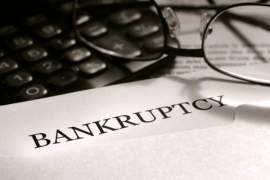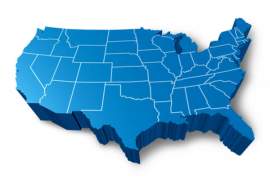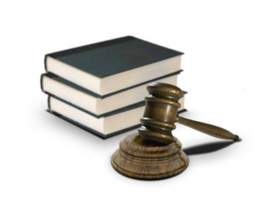
Quick Look Into Declaring Bankruptcy In Canada

Related Forms
Schedule B - Personal Property
Schedule C - Property Claimed as Exempt
Schedule D - Creditors Holding Secured Claims
Schedule E - Creditors Holding Unsecured Priority Claims
Schedule F - Creditors Holding Unsecured Nonpriority Claims
Schedule G - Executory Contracts and Unexpired Leases
Schedule I - Current Income of Individual Debtor(s)
Schedule J- Current Expenditures of Individual Debtor(s)
Summary of Schedules (Includes Statistical Summary of Certain Liabilities)
View AllDeclaring bankruptcy in Canada is very similar to filing for bankruptcy in the United States. Like in the United States, the Canadian Federal Government has developed laws regulating bankruptcy in Canada.
The Bankruptcy and Insolvency Act was developed with the intention of relieving individuals from extensive amounts of debt that they have accumulated. The Canadian government recognizes the necessity of forgiving a petitioner's previous debt. If their debt remains unaddressed, debtors will continue to remain a detriment to the economy. However, if their debt is erased, petitioners can once again become productive and beneficial members of their communities.
Much like in the United States, declaring bankruptcy in Canada may have various different results. An individual who files for bankruptcy in Canada will have their eligible debts dissolved once the bankruptcy is authorized by the appointed trustee. This is very similar to a Chapter 7.
NEXT: United Kingdom Bankruptcy Law





















